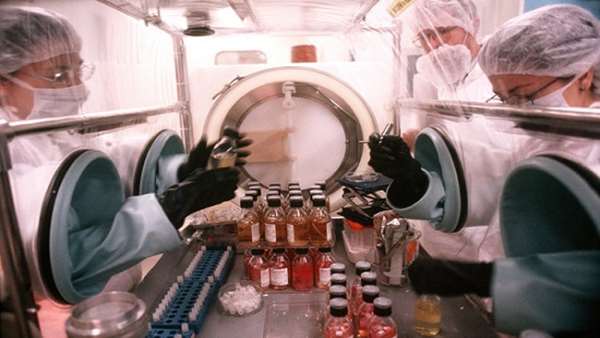Gene Therapy Hits a Peculiar Roadblock: A Virus Shortage
Eager to speed development of revolutionary treatments, the Food and Drug Administration recently announced that it would expedite approval of experimental gene therapies. But the regulatory process may not be the biggest obstacle here.
Eager to speed development of revolutionary treatments, the Food and Drug Administration recently announced that it would expedite approval of experimental gene therapies. But the regulatory process may not be the biggest obstacle here.
Biotech companies have exciting plans to introduce treatments that may be transformative, sometimes curing genetic diseases with a single treatment. And the firms are itching to test their products.
But they are struggling to obtain a critical component of the therapy: the disabled viruses used to slip good genes into cells that lack them.
This delivery system lies at the heart of many forms of gene therapy; without the disabled viruses, there is no treatment. But manufacturing them is costly and onerous.
The genes intended to fix a defect in the body are carried into each cell by a modified virus, usually a disabled version of an adenovirus or a lentivirus. These viruses must be custom-made in specialized facilities for each treatment.
Few gene-therapy companies have the factories or expertise to make the viruses for use in clinical trials, where standards are exacting and comprehensive. The firms that can do it are swamped with orders and requests.
The result is a logjam. Firms exploring new gene therapies may wait for years in line for bespoke viruses, said Dr. Jim Wilson, director of the gene therapy program at the University of Pennsylvania’s Perelman School of Medicine.
“It’s a real issue,” said Udit Batra chief executive of MilliporeSigma, which makes viruses under contract for drug companies.
MilliporeSigma and other such manufacturers, he added, are “oversubscribed, although companies like ourselves have doubled capacity to keep up with the demand.”
One of the few big companies producing a gene therapy, Novartis, recently got approval from the F.D.A. to market a treatment for a rare blood cancer.
But to get the viruses it needed, Novartis signed up years in advance with Oxford BioMedica, agreeing to three contracts starting in 2013 that, with incentives, add up to as much as $195.2 million and that included a provision to pay Oxford a share of the royalties when the drug was approved.
Only a few hundred patients a year might need Novartis’s treatment, and the company is charging $475,000 for the one-time therapy.
Other gene therapy companies are not always able to afford the manufacturing costs or find a manufacturer. Some have taken to buying slots in virus production queues years in advance — like buying a nonrefundable airline ticket long before your vacation and hoping you can get away when the time comes.
Other firms are hedging their bets. Worried that production at one company will fail — as can happen with the finicky viruses — they buy places in line at two contract companies.
Still other biotechs have simply been shut out, unable to get their viruses made.
Then there is BioMarin, one of the larger and more successful biotech companies, which decided to spend several hundred million dollars to build its own virus-manufacturing plant. It does not plan to make viruses for anyone but itself.
“We don’t want to be in a queue, that’s for sure,” said Robert Baffi, head of technical operations at BioMarin. The new facility also will give the company complete control over manufacturing, he added.





ارسال به دوستان